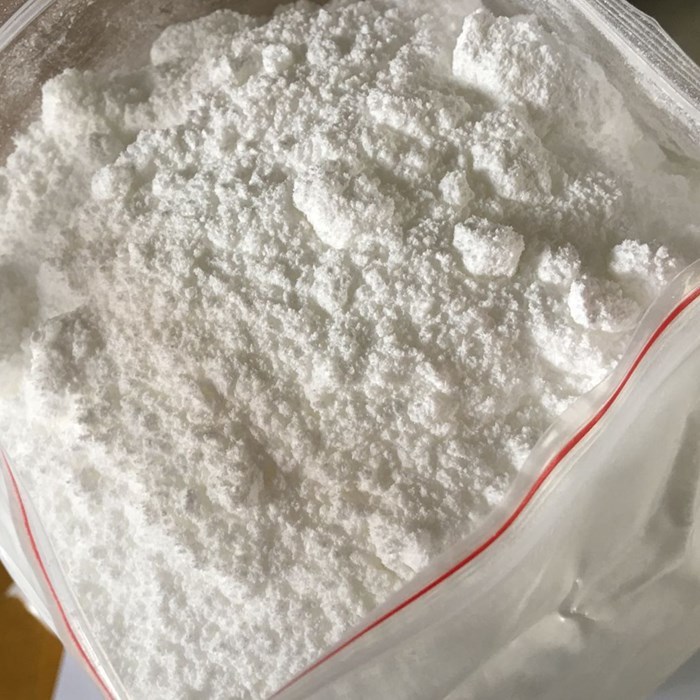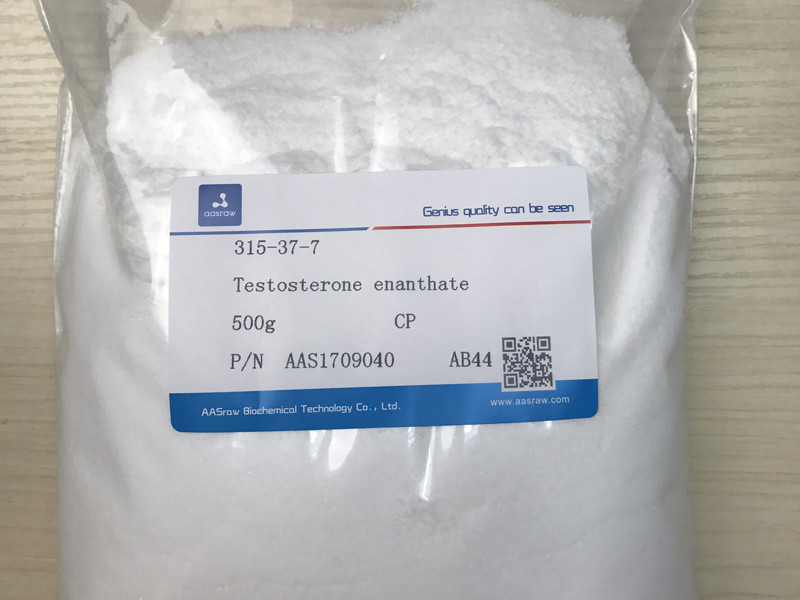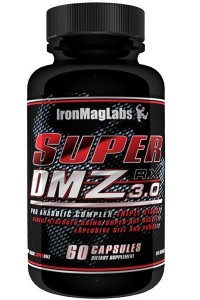Testosterone enanthate, sold under the brand names Delatestryl and Xyosted among others, is an androgen and anabolic steroid medication which is used mainly in the treatment of low testosterone levels in men. It is also used in hormone therapy for transgender men. Wikipedia
Molar mass: 400.603 g/mol
Formula: C26H40O3
Elimination half-life: Intramuscular: 4–5 days
Other names: TE; Testosterone heptanoate; Testosterone 17β-heptanoate; NSC-17591
Trade name: Delatestryl, Xyosted, others
Drug class: Androgen; Anabolic steroid; Androgen ester
People also search for: Testosterone cypionate, Boldenone,
Testosterone Enanthate Powder
$110.00 – $700.00
Description
Description
Buy Testosterone Enanthate Powder Online from Chemicals Pharm Store.
Buy Testosterone enanthate powder , also known as testosterone heptanoate, is an anabolic and androgenic steroid (AAS) drug used to treat low testosterone levels. Anabolic drugs work by building muscles, while androgenic refers to the enhancement of male sex characteristics. Used in medical procedures since the 1950s, testosterone enanthate is marketed under numerous brand names, including Androfil, Andropository, Cernos, Delatestryl, Depandro, Durathate, Everone, Sustrone, Testanon, Testanova, Testrin, Testostroval, Testoviron, and Testro.
Buy Testosterone Enanthate powder Online/Order Testosterone Enanthate powder Wholesale / Retail Supplies Usage.
Best place to buy Testosterone enanthate powder As a schedule III drug,1 testosterone enanthate is available by prescription only and is classified as a prohibited substance by the World Anti-Doping Agency.2Indications
Testosterone enanthate is classified as an AAS because it is both a synthetic derivative of testosterone and a testosterone pro-drug, meaning that it stimulates the body to produce testosterone on its own.1With that being said, it has stronger androgenic effects and only moderate anabolic effects.
High Quality Estosterone Enanthate powder Online History .
The drug is suitable for testosterone replacement therapy (TRT) in men with hypogonadism (the diminished production of testosterone in the testes).1 Causes of hypogonadism include testicular injury, infection, and cancer. Radiation and chemotherapy can also cause hypogonadism, as can congenital disorders such as Klinefelter syndrome and diseases of the hypothalamus and pituitary gland (both of which stimulate testosterone production).
Buy Testosterone Enanthate powder Online to be used by bodybuilders .
Testosterone levels in men can often decline steeply after the age of 50, leading to a condition known as andropause in which vigor and sexual desire are affected. Older men with symptoms of andropause (including fatigue and low libido) will often benefit from TRT.3
Testosterone enanthate can also be used for hormone therapy in transgender men4 , to treat delayed puberty in boys5 , and to manage inoperable metastatic breast cancer (breast cancer that has spread) in postmenopausal women.6
The drug is also sometimes used, controversially, as an anti-aging therapy in older men.
Dosage
Testosterone enanthate is a clear or yellowish viscous fluid supplied in a 5-milliliter (mL) multi-use glass vial. It is injected intramuscularly into the buttocks every one to four weeks. To avoid the fluctuating hormone levels (and the associated mood swings), lower dosages are often prescribed over shorter intervals.
The active drug, which is suspended in sesame oil, has a sustained release period of two to three weeks. The dosage may vary by individual but is typically prescribed as follows:1
Male hypogonadism: 50 to 400 milligrams (mg) every two to four weeks
Delayed male puberty: 5 to 200 mg every two to four weeks for four to six months
Metastatic breast cancer: 200 to 400 mg every two to four weeks
Transgender hormone therapy: 50 to 200 mg per week or 100 to 200 mg every two weeks
While testosterone enanthate is sometimes used interchangeably with testosterone cypionate (depo testosterone), the latter is not approved to treat delayed male puberty, to manage metastatic breast cancer, or for transgender hormone therapy.
Testosterone Blockers for Transgender Women
Side Effects
As a substance designed to alter hormone levels, testosterone enanthate has both its clear benefits and risks.
The side effects can range from mild to intolerable. The most serious ones are associated with testosterone abuse, an increasing problem in the United States which led the U.S. Food and Drug Administration (FDA) to change the product warning label in 2016.7
Common Side Effects
According to the FDA, the most common side effects associated with testosterone enanthate use include:1
Injection site pain and swelling
Headaches
Dizziness
Mood changes, including aggression
Depression or anxiety
Increased or decreased libido
Generalized tingling sensations
Oily skin and acne
Thinning hair
Weight gain
The severity of side effects is typically dose-dependent and may be alleviated by reducing the current dosage.
What Are the Effects of Boosting Your Testosterone Level?
Adverse Reactions
Less common but potentially more serious are side effects associated with the long-term use or overuse of testosterone enanthate. Some are related to the androgenic effects of the drug; others can affect the heart and liver by elevating the cholesterol and liver enzyme levels.
Call your doctor if you develop any of the following:
Male-pattern hair loss
Male-pattern hair growth in women (hirsutism)
Male breast enlargement (gynecomastia)
Deepening voice in women
Menstrual irregularities, (including amenorrhea)
Clitoral enlargement
Prolonged painful erections in men (priapism)
Difficulty urinating or frequent urination at night in men
Severe psychiatric symptoms, including major depression, paranoia, or psychosis
Some androgenic effects in women, such as clitoral enlargement and the deepening of the voice, are irreversible once they develop. A low sperm (oligospermia) can impair fertility in men.1
The excessive use of testosterone can also increase the risk of a heart attack, stroke, congestive heart failure, and deep vein thrombosis (DVT), especially in men.1 Severe liver injury can also occur, characterized by symptoms of fatigue, abdominal pain, nausea, vomiting, dark urine, and the yellowing of the eyes and skin (jaundice).
Call 911 or seek emergency care if you have signs of a cardiovascular event, including shortness of breath, rapid breathing, profuse sweating, trouble speaking, severe headaches, weakness on one the side of the body, or severe shooting pains in the left arm, jaw, or chest.
Interactions
There are certain drugs that interact with testosterone enanthate. Some may need to be substituted or dose-adjusted. Alternately, other forms of androgenic therapy can be explored, including lower dose testosterone patches.
Among the possible drug-drug interactions:1
Anticoagulants (“blood thinners”) like warfarin often have increased drug activity when used with testosterone, increasing the risk of bleeding.
Diabetes drug doses may need to be adjusted as testosterone may decrease both blood sugar and insulin requirements.
Corticosteroids and testosterone need to be used with caution in people with heart, kidney, or liver disease as the combined use may promote fluid retention (edema) and increase the risk of congestive heart failure.
Contraindications
There are conditions in which testosterone enanthate should not be used under any circumstance. This includes the use of testosterone in men with untreated prostate cancer or breast cancer and in pregnant women.8 1 The drug should also be avoided if you are allergic to sesame oil or any components of the drug.
Prostate Cancer Risk
The prostate gland is an organ in men whose role it is to secrete prostate fluid, one of the components of semen. The gland is dependent on androgens to function and will decrease the production of prostate fluid if the androgen level is low.
In tandem with this decrease is an increase in the risk of prostate gland enlargement, a condition referred to as benign prostatic hyperplasia (BPH). The enlargement not only obstructs the flow of urine; it can also lead to bladder stones and reduced kidney function.
Testosterone replacement therapy is known to improve urinary symptoms in men with BPH.9 Moreover, it appears to do so without increasing the risk of prostate cancer.
The same may not be true for men diagnosed with a prostate malignancy. While the association between testosterone use and prostate cancer remains highly controversial, there have been reports, mostly anecdotal, that testosterone use in older men with untreated prostate cancer led to metastasis.
With that being said, a 2011 study from Harvard Medical School concluded that there was no link between disease progression and testosterone use in 13 men with untreated prostate cancer who were on treatment for an average of 2.5 years.8 Other studies have reached a similar conclusion.
Despite the continued controversy, the FDA strongly advises against the use of testosterone in men with untreated prostate cancer.
Even for men without cancer, any elevation in the prostate-specific antigen (PSA) test within the first three to six month of starting testosterone would warrant the cessation of treatment until a complete cancer investigation can be completed.
The Risks of Taking Testosterone Treatments With Prostate Cancer
Male Breast Cancer Risk
The evidence supporting the avoidance of testosterone in men with untreated breast cancer is equally uncertain, although a retrospective study conducted in 2006 suggested an 11 percent increase in male breast cancer risk over a 10-year period.10 The mechanism for this association is poorly understood, and many don’t believe that it actually exists.
For men with untreated breast cancer, the FDA remains adamant that the use of testosterone poses a potential threat and should be avoided without exception.11
Risk in Pregnant Women
The use of testosterone enanthate in pregnant women is contraindicated. When administered during pregnancy, testosterone can cause the virilization of a female fetus, a condition known as gestational hyperandrogenism in which male physical characteristics are present in a girl.1
Some of the symptoms of virilization may be seen at birth, while others may only become apparent during puberty or later in life. They include:1
An enlarged clitoris and external genitals
Ovarian cysts, even in childhood
Excessive body or facial hair
Larger bone structure
Smaller breast
Hair thinning characteristic of male pattern baldness
Deeper voice
The risk of virilism is higher in mothers who themselves are experiencing virilism as a result of testosterone use.
Testosterone therapy must be stopped if a pregnancy is suspected, especially during the first trimester while fetal cells are still specializing. If the pregnancy is confirmed, the parents would be advised about the potential hazards to the baby.
Testosterone use does not appear to pose any risk to a breastfeeding baby, as the components of the drug are largely metabolized before they reach the bloodstream, breast milk, or other body fluids. Similarly, testosterone use in men does not pose any risk to a pregnancy, either during conception or gestation.
Additional information
| Price | 1000g, 100g, 500g |
|---|









